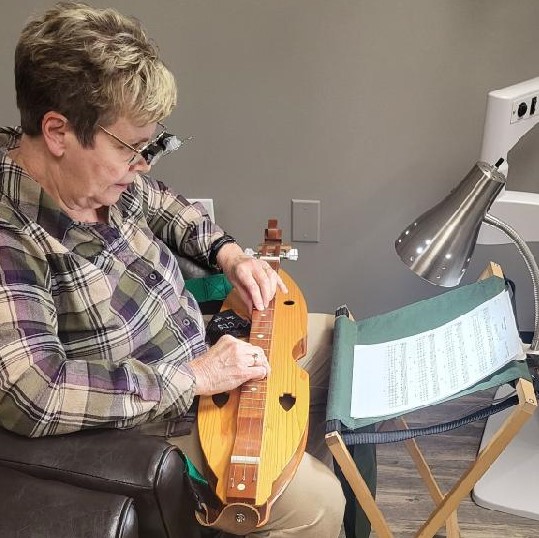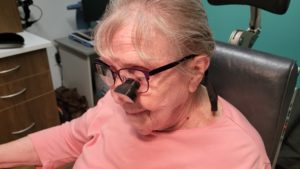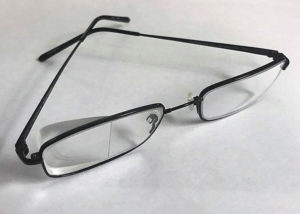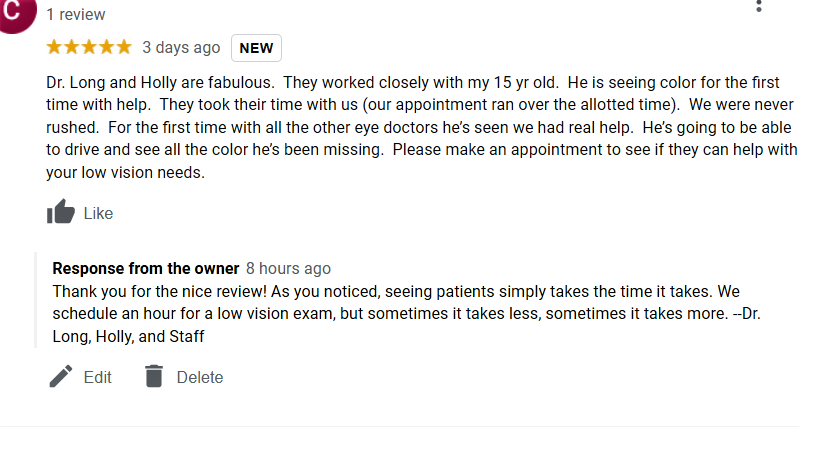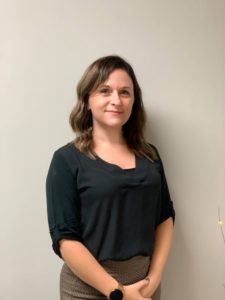Who should you refer for advanced low vision care and is it your responsibility to do so? Are you a “Five-Percenter?” I promise to explain, but first consider, really consider, this common question I’ve been asked over the past 25 years:
“Why didn’t one of my other eye doctors
tell me about you (sooner)?” – Patient
To be fair, maybe you didn’t realize that a referral for low vision care was appropriate, or maybe you didn’t know it was your responsibility. Well today, I offer you some guidance on both counts.
Before I help explain “who” to refer for low vision care, I believe it’s important to know “why” it should be YOU referring YOUR patient. And…I’ve actually just given you the answer. She is YOUR patient and no one knows her better than you do! She is relying on YOU to help her see what she wants, and needs to see, in order to function in this world.
“Secondary and Tertiary Care Ophthalmologists
are not Referrers.” – Dr. Long
By definition, they are almost always being Referred To. They provide a specialty service for YOUR patient. While many of them recognize the need, and do refer regularly for low vision care, they are not gatekeepers. I believe it is the primary eye care doctor’s responsibility to refer for low vision care.
Now, with the “why you?” question answered, on to Who to Refer for Advanced Low Vision Care:
Put quite simply, any individual with an unmet functional vision complaint. Complaints are commonly related to reading, driving, working, watching television, doing handwork, using the computer, improving mobility, and enjoying various hobbies. See if any of these examples of what to listen for sound familiar to you:
20/30 – 20/50 “I can read but it’s a strain and I never wore those strong glasses you prescribed last time.” “The crawler on the TV is too small to read and goes by too fast.” “Driving is OK as long as I stay local…I can’t read signs as far off as I’d like.”
20/60 – 20/160 “I can only read in natural sunlight and on certain days…usually just large print.” “My daughter has to take care of my check register and read my mail.” “I can only make out details on the TV when I walk up to it.” “Dr. Retina said I probably shouldn’t be driving, but that he wouldn’t turn me in. What do you think?” “My job has become very difficult, especially certain programs on the computer that I can’t use the built-in magnifier with.” “I’m afraid people think I’m rude because I don’t recognize them when I’m out.”
20/200 – 20/400 “I quit driving after a scare, but I would at least like to be able to read my own mail and see my iPad.” “The text size on my phone is maxed-out and it’s still tough to read, and forget about seeing the pictures!” “Mostly, I listen to the TV.”
20/500 + “I’m looking for anything that’s available. Do you know anyone that might have something that could help me see?”
Visual field loss (e.g., retinitis pigmentosa, hemianopsia) and Traumatic Brain Injury symptoms “I feel anxious at the grocery store.” “I’m very sensitive to certain lighting conditions.” “Can I drive?!” “Reading and computer work are real chores! ” “I bump into people and they think I’m just rude or clumsy.” “Sometimes I see double.”
Please don’t wait to refer until prompted by the patient at the “20/500+” level of vision. If you’re just not sure, there’s certainly no shame in referring for what turns-out-to-be simply a good trial frame refraction. And remember, she is YOUR patient. I’m sending her back to you for her “regular” glasses and/or routine medical eye care. I’ll only see her again when you tell me her low vision needs have changed.
Whether at my main office in Bloomington, Indiana, or at a satellite location, I am practicing as a specialist. Your patient is YOUR patient…just the way it should be. Now, if nothing else, simply make sure they know low vision care exists.
By the way, when I see a patient you have referred, I often tell them:
“Your Doctor is a ‘Five-Percenter’ (meaning you are part of the minority of primary care eye doctors
who refer for low vision care) and you should be grateful for such a thoughtful doctor!”
Thank you and please share our information, or share a well-qualified low vision provider’s information in your area, with your patients or loved ones with vision loss. While we see most of our patients by referral, all calls are welcome to see if we can help. Call 1-877-577-2040 and speak directly with me or our low vision technician, Holly.
Dr. Jarrod Long
